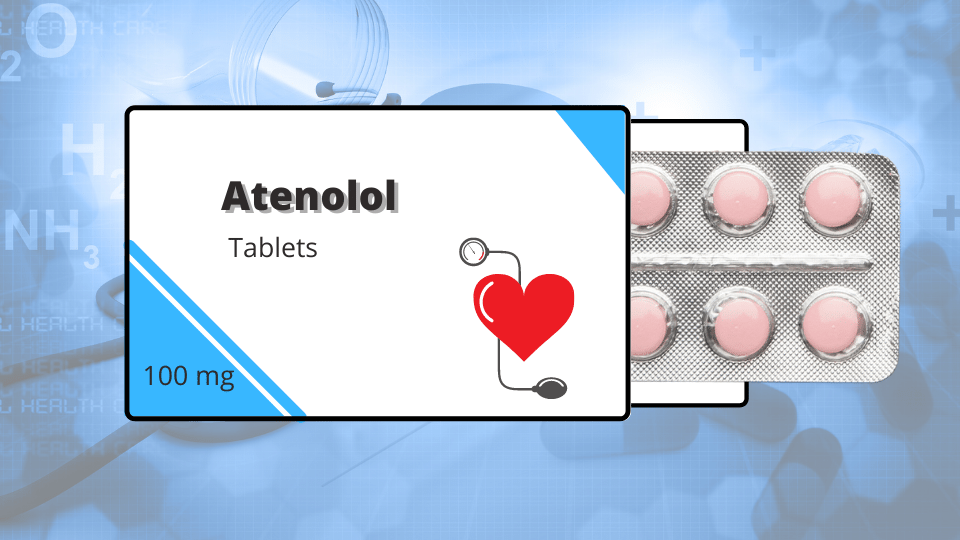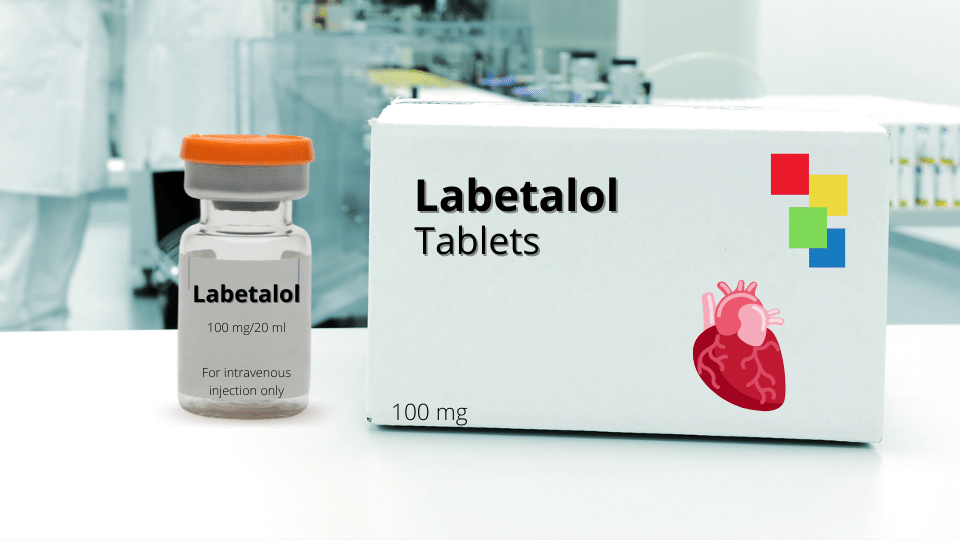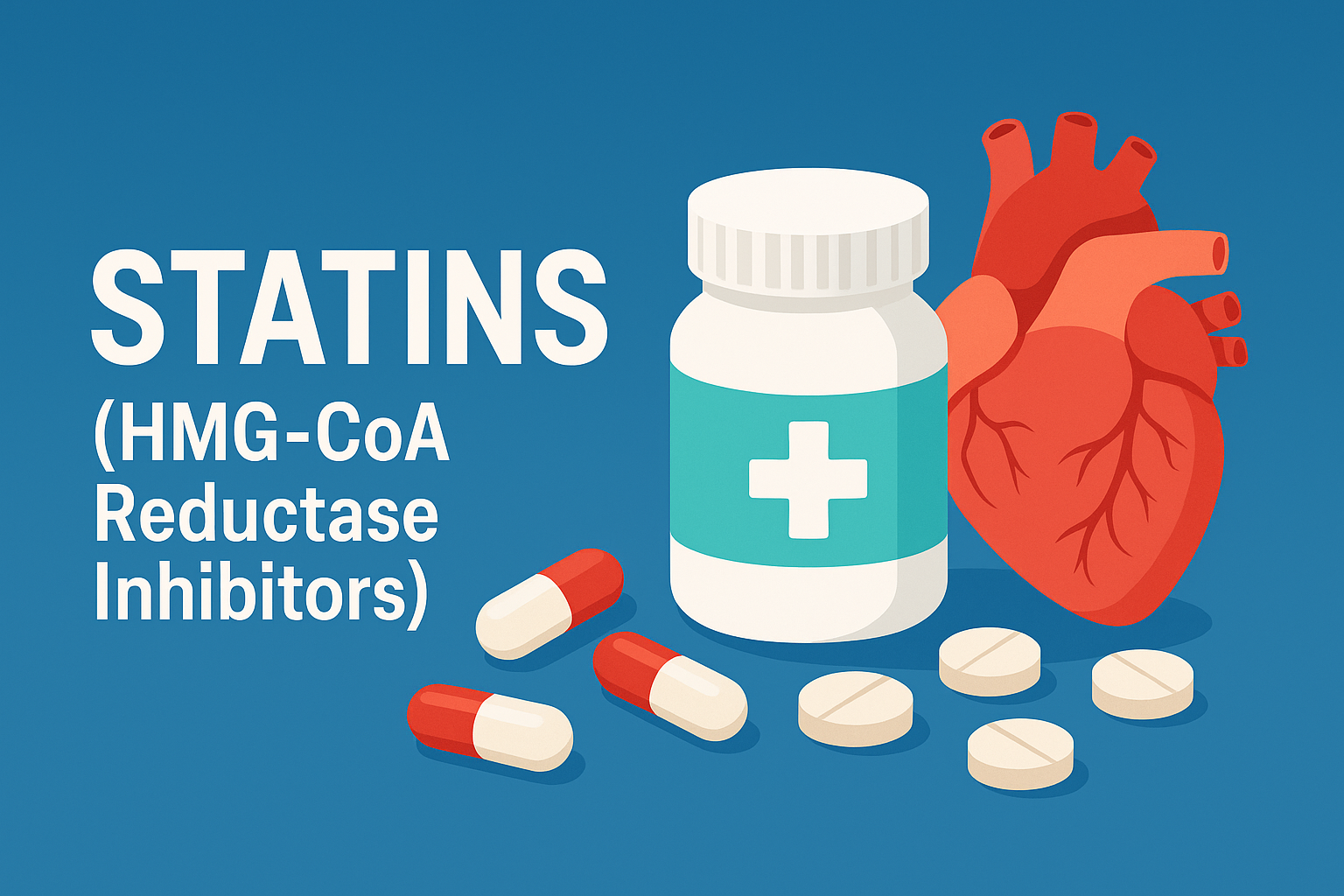Atenolol belongs to a group of drugs called beta blockers, it is a selective beta1 blocker that can be used alone or in combination with other medications. Atenolol is used mainly in treatment of hypertension, angina, and arrhythmias.
Generally mild and transient side effects of Atenolol are well tolerated in most patients, but it is important to tell your doctor if experience any of these side effects.
Common side effects of atenolol include:
Rare side effects of atenolol may include:
Adverse effects that occur because of overdose may cause profound bradycardia and hypotension.
Withdrawal of atenolol should be gradually, a sudden withdrawal will make the condition worse, and may result in:
1. Kizior, R.J. and Hodgson, B.B. (2018). Saunders nursing drug handbook 2019. Philadelphia: Saunders.
2. British Medical Association (2015). British Medical Association new guide to medicine & drugs. London: Dorling Kindersley
3. Anthony Trevor, Bertram Katzung, Marieke Knuidering-Hall/ Katzung & Trevor’s Pharmacology Examination & Board Review/ 11th edition/ United States/ McGraw-Hill Education-Europe/ 2015
4. Joint formulary committee, BNF 80 (The British National Formulary), 80th revised edition, Pharmaceutical Press, London, United Kingdom, [2020]
Atenolol belongs to a group of drugs called beta blockers, it is used primarily in patients with hypertension, angina, and arrhythmias.

Labetalol is an antihypertensive agent which belongs to a class of medicines called beta blockers.

The urethra is a muscular canal that extends from the neck of the bladder to the exterior of body. Read more about the anatomy of urethra in this article.

Chronic kidney disease (CKD) is a disease in which irreversible damage to the kidneys leads to a reduction in kidney function. CKD has 5 stages and many complications.

Learn about medical uses, safety profile, mechanisms and interactions of statins.

Comprehensive guide on Ozempic (semaglutide), including its uses, dosage, side effects, warnings, and interactions.
.png)